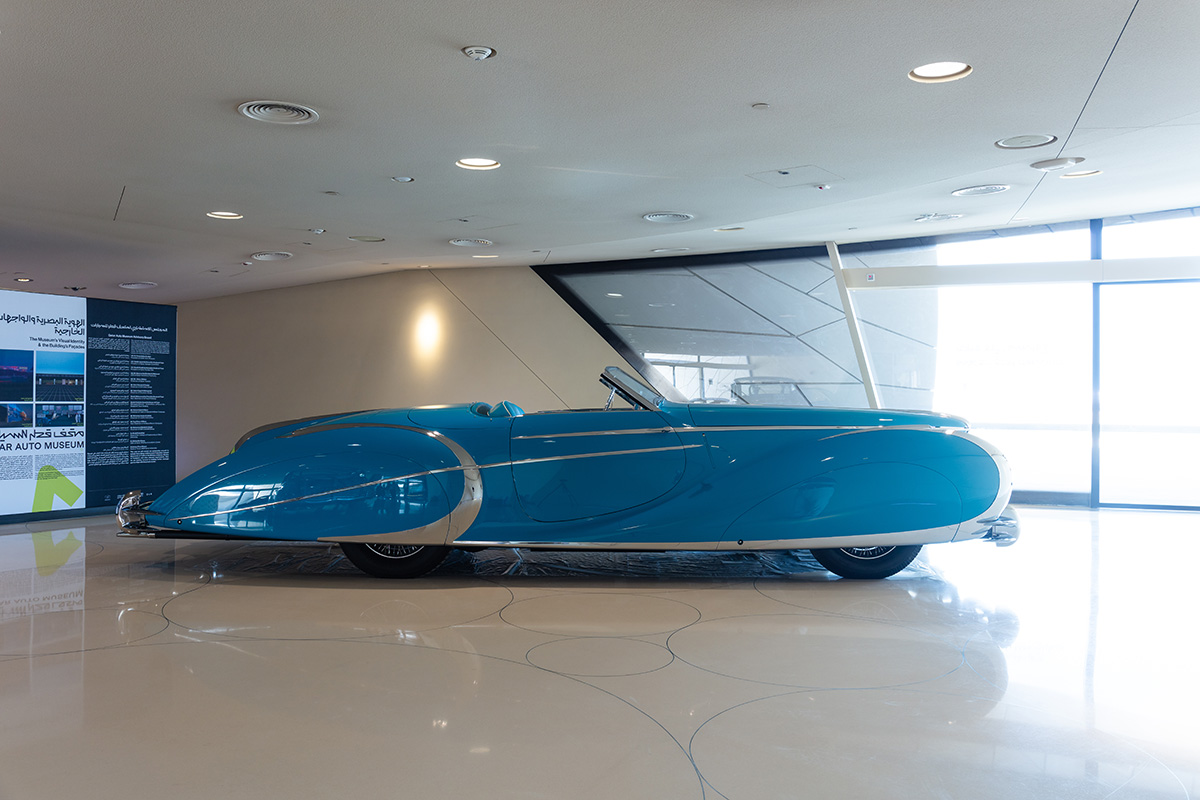QATAR REVEALS PLANS FOR THE LAUNCH OF 4 NEW MUSEUMS
In just a decade, the number of museums in Qatar has risen from one to four and, the craze doesn’t seem to be abating as four more institutions – which will turn the country into an outstanding destination for art and architecture lovers – are planned to open.
Qatar is ready to host the FIFA World Cup 2022 in November, the second most important sporting event in the world, next to the Olympics. But culture will also be intimately linked to this major event. On March 31, 2022, Qatar opened the 3-2-1 Qatar Olympic and Sports Museum. The facility is conceived as a national and international centre for sports history, heritage and knowledge, promoting and encouraging academic research.
The impressive facility was designed by Spanish architect Joan Sibina and is built onto Khalifa International Stadium, which is part of the FIFA World Cup 2022 infrastructure. The museum is approximately 19,000sq m, making it one of the largest of its kind. Speaking about the new museum in a recent interview, Sheikha Al Mayasa bint Hamad bin Khalifa Al Thani, chairperson of Qatar Museums, said: “The opening of the 3-2-1 Qatar Olympic and Sports Museum alongside the FIFA congress is a symbol of the importance of sports in Qatar National Vision 2030. Culture and sports are two sides of the same coin, and there is no better time to celebrate our nation’s investments in both Culture and Sports.”
3-2-1 Qatar Olympic and Sports Museum comprises seven gallery spaces housing objects from around the globe that portray the origins of sports to present day artefacts. The museum also looks at the importance of Olympic Games in the development of the world’s civilisations as well as looking at its importance for Qatar.
Alongside the National Museum of Qatar, the MATHAF, Arab Museum of Modern Art and the MIA, the Museum of Islamic Art, the 3-2-1 Qatar Olympic and Sports Museum are part of Qatar’s ambitious museum project. Next to launch is Dadu, the museum for children. Due to open fully in 2023, its gardens will welcome visitors from October 2022.
Following Qatar’s ambitious museum-building project to further promote cultural institutes in the country, Sheikha Al Mayassa bint Hamad bin Khalifa Al Thani recently announced that three world architectural design houses – OMA, Herzog & de Meuron, and Elemental – will be designing the new museums in Doha that explore the themes of Islamic art, contemporary art, and the evolution of the automobile industry respectively.

Qatar Auto Museum will explore the past, present and future of the automobile industry and its impact on global life and culture. The future facility will stretch over 30,000sq m in the reconverted former Doha Exhibition Centre. The museum – designed by Dutch architectural star Rem Koolhaas – will include permanent galleries that track the evolution of the automobile from its invention through today, and how it has influenced culture and modern life in Qatar. Temporary exhibition spaces will display high-profile vehicles – from super cars and limited editions to race and classic cars. Children will also learn how to drive safely in simulators. The museum will also help position the Emirate as the centre of automobile excellence in coordination with global automotive events, such as the Qatar Geneva International Motor Show and the Formula 1. An exhibition in Doha has just opened to give the public a sneak preview of how the museum will look.
The two other cultural projects are the Art Mill, a contemporary museum with exhibition and performance spaces which will act more like a museum of applied arts. It will show creations from young designers, artisans and craftmen from the country. The museum is created by Chilean Pritzker Laureate Alejandro Aravena.
Not far from the future Auto Museum, Switzerland based architectural team Herzog & de Meuron are set to design Lusail, a museum that explores the influence of Middle East and Islamic Art in the world. The museum will have large gallery spaces, a library, auditorium among others. Lusai will display the world’s most extensive collection of Orientalist paintings, drawings, sculpture, photography, rare texts, and applied arts imagery, sculptures, and scripture spanning across four large floors.
